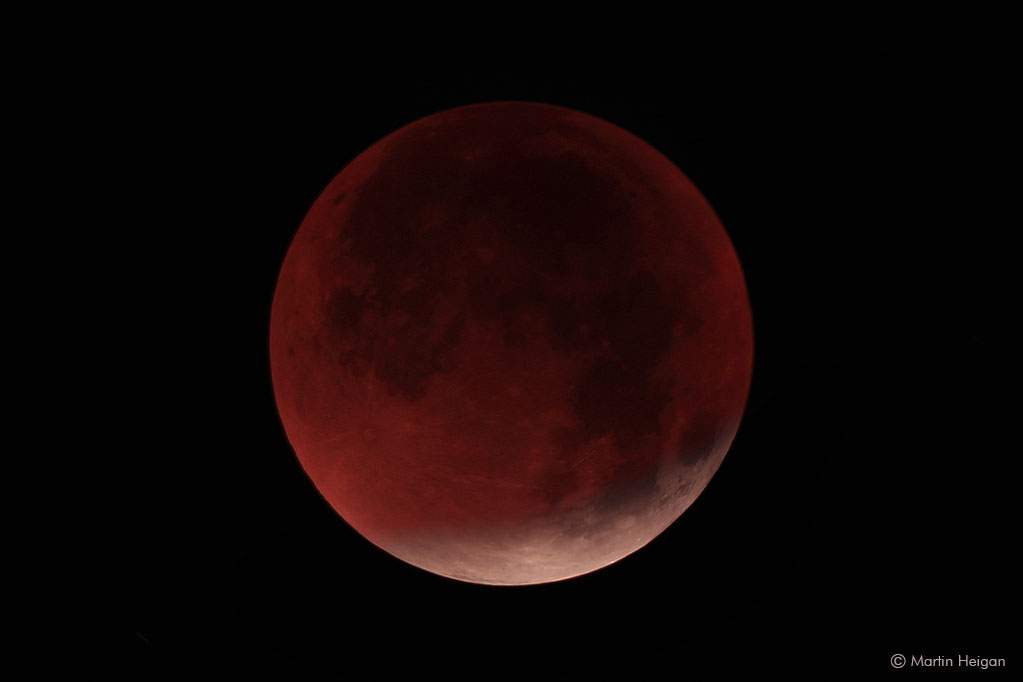
Have you ever seen a complete lunar eclipse? It's spectacular. Â The moon appears red; it's sometimes called the blood moon.
There's a scientific explanation for why the moon appears that way. In this type of eclipse, the sun, the moon, and the Earth must be perfectly lined up. Otherwise, it's not actually a complete lunar eclipse.
While the sun, moon, and Earth have to be perfectly lined up for solar eclipses, as well, the placement of the bodies is different. In a complete solar eclipse, the moon comes between the Earth and sun.Â
Lunar Eclipse
During a complete lunar eclipse, the Earth is between the sun and the moon. So, the Earth's shadow falls across the moon.
This isn't a confirmation that the Earth's umbra, also known as its shadow, is red. The reddish color is actually a result of the Earth's atmosphere and its influence.
Remember, the Earth's atmosphere goes up about fifty miles or so, and the sun's rays always need to pass through this space. This is also true for when the Earth is casting its shadow across the moon.
Color Frequencies
So, that causes the light to be red because the sunlight's rays include the color frequencies in the light spectrum – you know, like ROY G BIV (Red, Orange, Yellow, Blue, Indigo, Violet).
So, the atmosphere causes the sunlight to be filtered so that the green through violet parts of the light spectrum aren't visible. So, what's left over is the reddish part of the light spectrum.
So, we're then left with a reddish moon, also called, the blood moon. In many parts of the United States, the next complete lunar eclipse that is visible takes place on January 31, 2018.
Sources And Further Reading:
- Byrd, Deborah. "Why a totally eclipsed moon looks red." EarthSky. September 25, 2015. Accessed November 1, 2017.
- Howell, Elizabeth. "Why the Blood Moon Eclipse Turns Red." Space.com. September 25, 2015. Accessed November 1, 2017.









